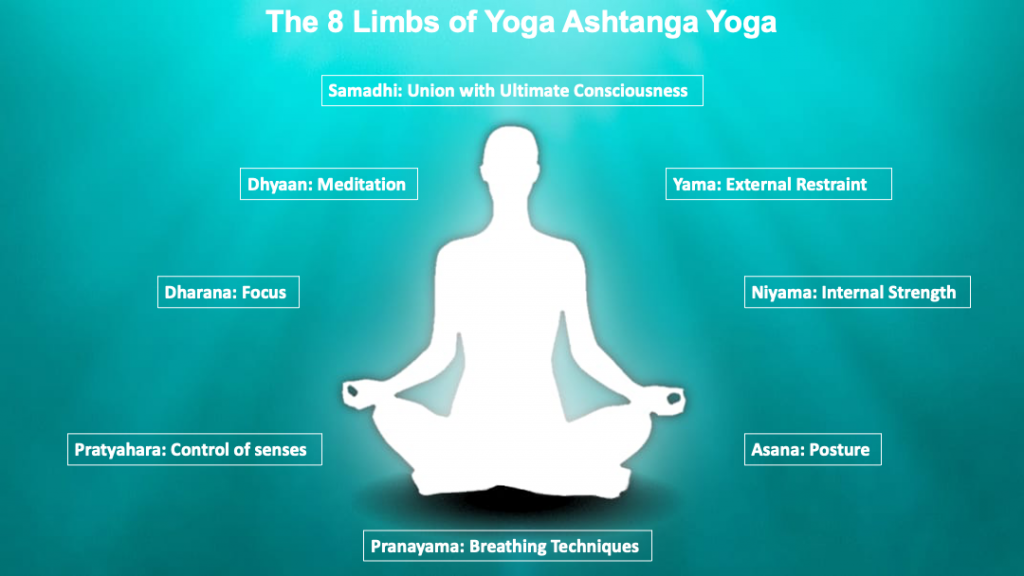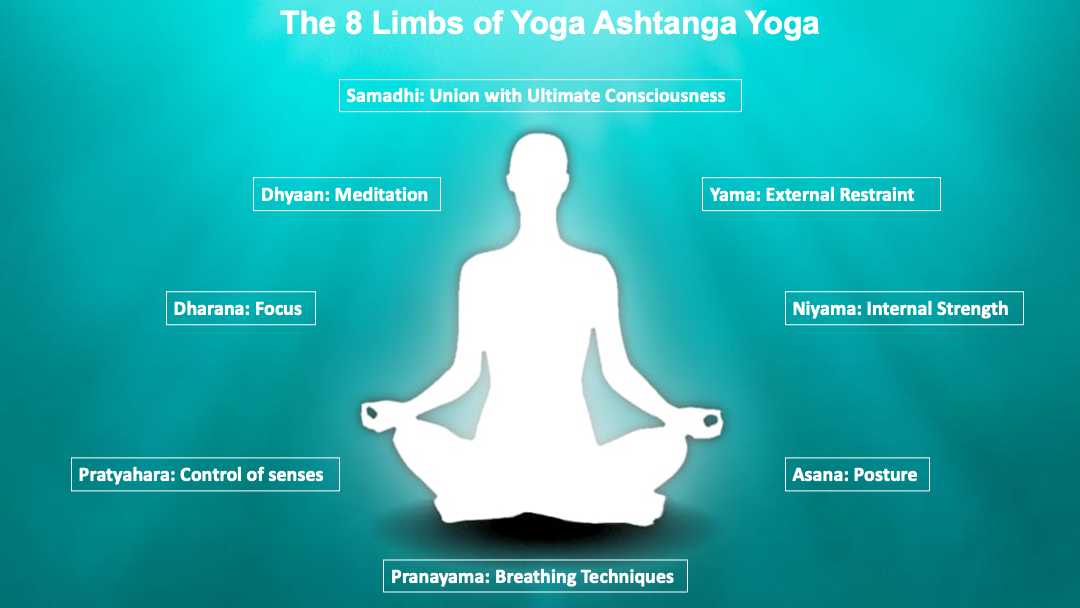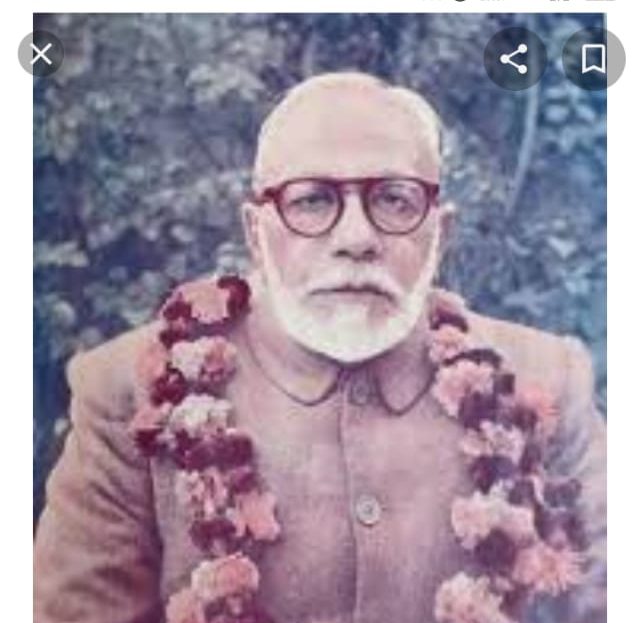Translated from ‘Hamari Yog Sadhana’ (Our Yogic Practice) written by Guru Maharaj, Dr. Chaturbhuj Sahay Ji.

The word Prana means vital energy or life force. The word Pranayama refers to harnessing this energy and bringing it under one’s control. This vital energy, Prana, is very similar to electrical energy and governs and operationalizes our body, mind, and intellect. Individuals practicing Hathayoga call it the kundalini, and saints refer to it as surati. If one can harness this energy by consolidating it in one spot, its effect is greatly amplified infusing the entire body with great benefit. The center of this consolidated energy also then starts ascending up the spine, towards the brain, along the sushumna pathway, as opposed to its previous flow along the ida and pingla pathway. Concentrating one’s vital energy in one spot can be accomplished not only by working on the Prana Shakti (vital energy as in Pranayama), but also by concentrating one’s mind first, which then focuses the Prana Shakti.
There are two aspects of Pranayama, one physical and the other spiritual. In the context of physical Pranayama, the air that we breathe sustains our life and is therefore called Prana or vital energy. The air exhaled is called apaan. The inhaled air, when pure, with good oxygen concentration, makes our body healthy and strong. In the context of spiritual Pranayama, Prana is the life force or vital energy that brings our body into existence, sustains it, dissolves it, and incorporates it within itself when the time comes. This vital energy is what we all have to gain knowledge of and discover in ourselves. We have to develop the ability to control it and regulate it so that it works for us. There are many ways to accomplish this, including breath control with controlled sequences of inhalation (purak), exhalation (rechak), and holding one’s breath( kumbhaka), the technique used in Pranayama. One can also focus and control one’s vital energy solely by the practice of concentration and meditation. During meditation, first, the mind becomes quiescent (calm and inactive), and subsequently, the vital energy also withdraws its effort, resulting in the cessation of breathing. The Pranayam practitioners refer to this state as kevala kumbhaka where one can hold one’s breath indefinitely, independent of inhalation and exhalation. When this happens, the Pran Shakti becomes poised and stationary, and the practitioner enters the state of samadhi.
Kevala kumbhaka is the goal of Pranayama. Puraka and rechaka, the control of inhalation and exhalation, are the means to get to that state. However, the state of kevala kumbhaka is not exclusive to Pranayama practitioners and can also be achieved without practicing active control of one’s breath. Some believe it is impossible to concentrate one’s mind and unite with the higher power without first mastering breath control techniques. This is a misconception. The followers of bhakti marga, the path of devotion, do not practice and perfect any breathing technique, yet they reach the same stage and achieve the same desired union. Several such saints have lived in the past, and several may be living today. All of them either followed or follow the path of meditation and, irrespective of their belief in formless worship or otherwise, they were or are complete yogis. No one can doubt the fact that they did achieve or have achieved complete union.
I firmly believe that Pranayama, or control of the vital energy, can be achieved and complete union can happen without an active effort to control one’s breath .
The physical aspect of Pranayama only relates to the body. It improves health and makes the body stronger, which then helps in one’s spiritual and meditational practice. It is an exercise that benefits one’s lungs and gut, resulting in healthy muscular and hematopoietic systems. To benefit from this type of Pranayama, one needs strong willpower. One must believe that the inhaled air reaches a particular spot and results in a specific activity.
In the practice of Pranayama, one has to inhale and exhale in a regulated manner, and it is best to practice abdominal or navel breathing, which helps activate the Manipura chakra, solar plexus, or third chakra. When this chakra gets activated, the kundalini rises from the sacral plexus at the base of the spine, ascends up the sushumna pathway, and positions itself in this third chakra. When this happens, the breathing rate drops significantly, and breathing happens equally through both nostrils; the body feels very light, a certain calm descends on the mind, and one experiences joy and happiness. This state is called unmani mudra and marks the first step in mudra yoga.
The practice of Pranayama increases the flow of energy through the body and produces heat and dehydration. It has the potential of causing great bodily and mental harm to a person if not practiced correctly. I have personally seen many practitioners affected by such ill effects. One should practice it methodically, take adequate dietary and other precautions, and begin the practice under the supervision of someone knowledgeable.
While practicing Pranayama, if practitioners can hold a firm belief in the mind that they are seated surrounded by blissful light which is illuminating the air around them, this blissful light is entering their body with each inhalation, and the darkness and the negativity inside them are getting expelled from their body with each exhalation, then one adds a spiritual dimension to their practice of Pranayama . Such a practice purifies one’s heart faster and brings one closer to Yoga or union more efficiently.
People who practice meditation experience all the peace and calmness that are characteristics of the unmani mudra without practicing any breathing technique or breath control. In our system, the practitioners can start experiencing glimpses of this state right from the beginning. It involves no special effort from the practitioner who neither has to meditate for long hours nor has to actively pursue breath control. It is the Guru who removes all obstacles, calms the practitioner’s mind, stabilizes the practitioner’s vital energy or Prana Shakti, and elevates the practitioner’s kundalini. This is a spiritual practice that, unlike Pranayama, does not rely on active breath control.



